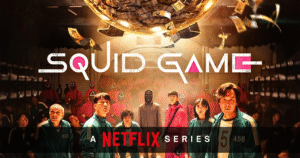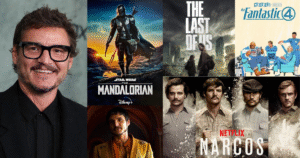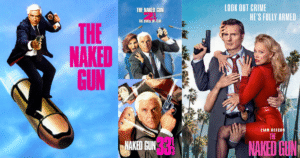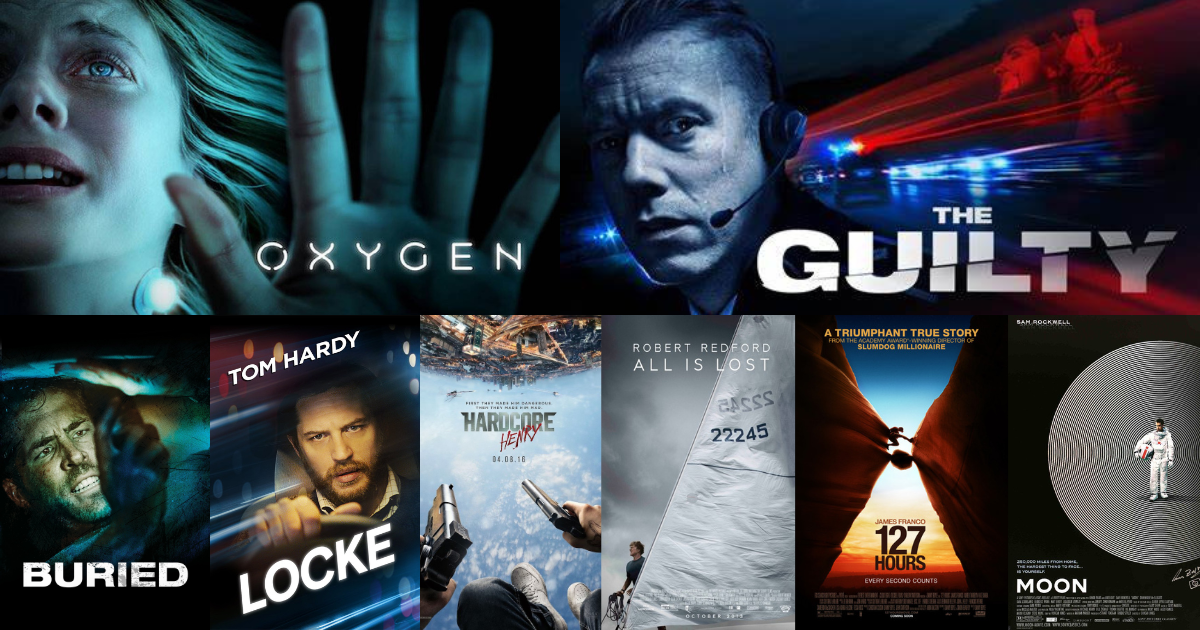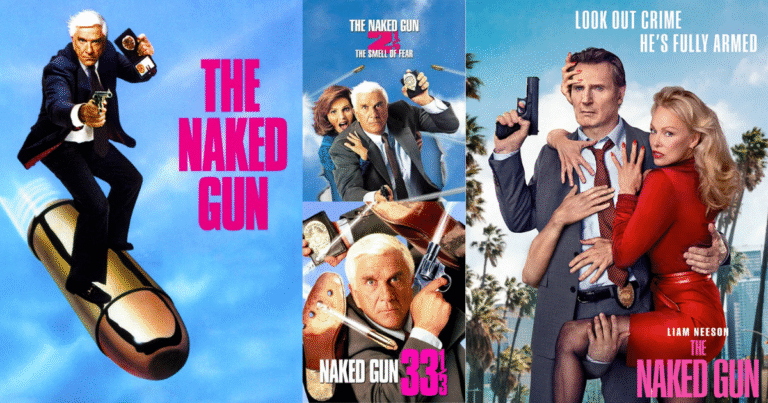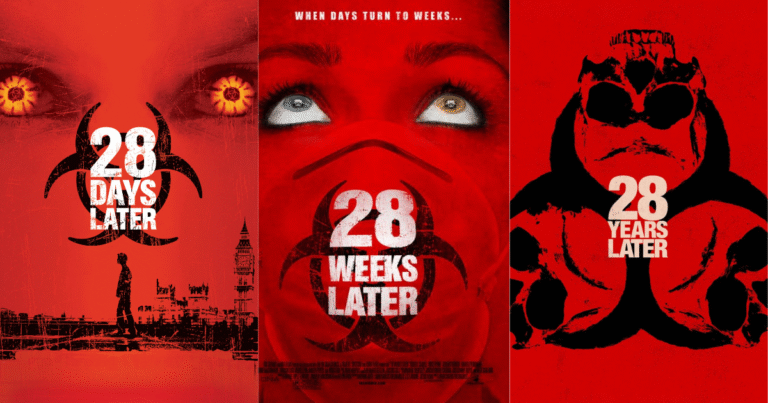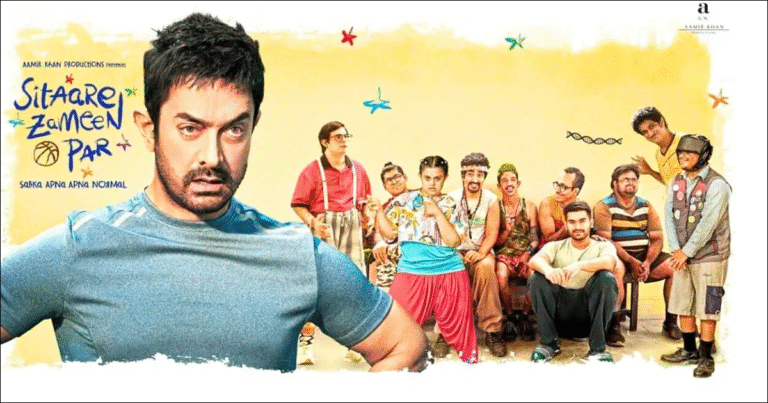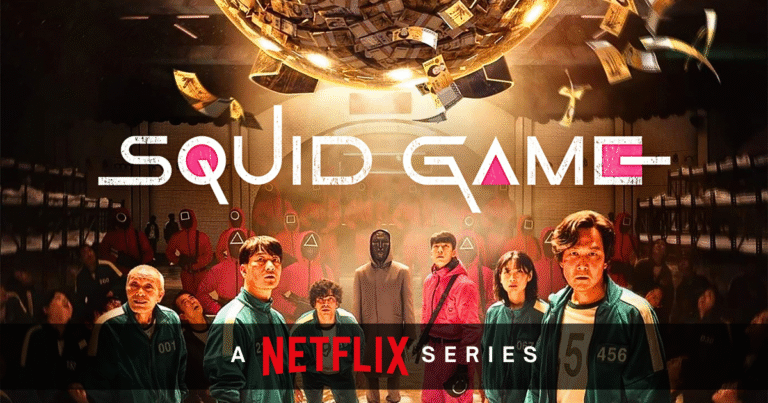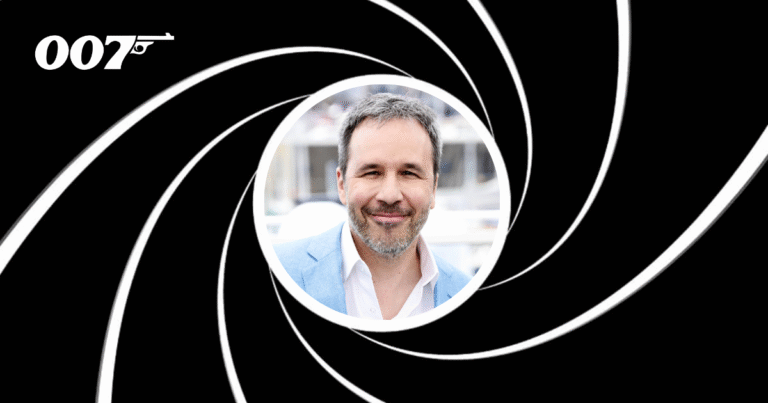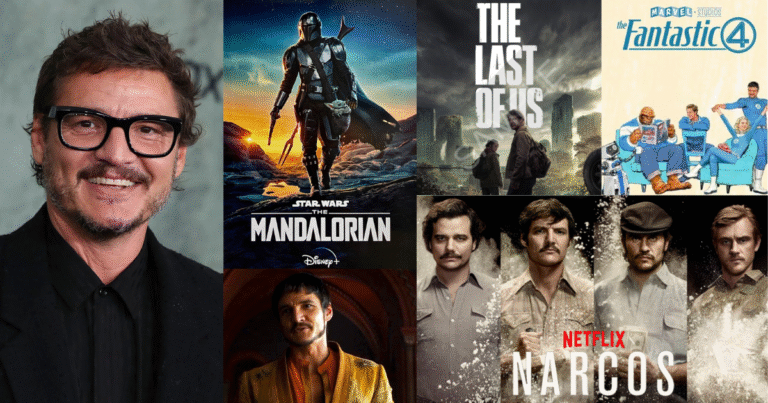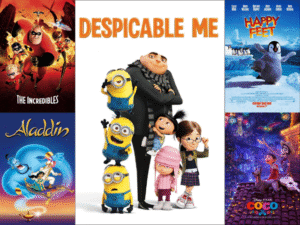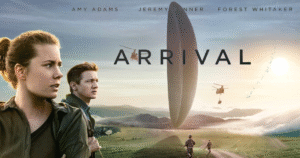There’s something uniquely intimate about a story told through the eyes of just one person. One-person POV (point-of-view) films don’t just follow a character, they lock us inside their experience. We see what they see. Hear what they hear. Sometimes, we barely know more than they do.
This approach isn’t new, but it’s still surprisingly rare, maybe because it’s hard to pull off. Yet when done well, a one-person POV film becomes more than just a technical experiment. It can turn a familiar story into something raw, personal, and deeply engaging.
What Is a One-Person POV Film?
Let’s start with what we mean by “one-person POV.” These are films where the story is told almost entirely from the perspective of a single character, either visually, narratively, or emotionally. You’re not just following their journey. You’re trapped in it.
In some cases, the camera mimics their eyes (Hardcore Henry, for instance). In others, it follows them closely in real time (Locke) or remains in one location with them (Buried). Whatever the style, the effect is the same: you’re alone with that character, feeling every moment they live.
Why Filmmakers Choose This Style
Telling a story from just one person’s perspective has clear limitations, no big ensemble cast, no jumping between subplots, and often, not many locations. But that’s also its strength.
One-person POV films are a masterclass in restraint. They often rely on tight scripts, sharp performances, and creative cinematography. Without flashy editing or sprawling storylines to lean on, the audience has to connect emotionally with the central character, or the whole film falls apart.
This style also suits certain themes especially well. Stories about isolation, inner conflict, survival, or personal transformation gain power when told through a single lens.
Notable One-Person POV Films Worth Watching
Let’s look at some standout examples where this style has been used to powerful effect:
1. Locke (2013)
Tom Hardy spends the entire film alone in a car, driving and taking phone calls. That’s it. But his emotional unraveling, captured in real time, is gripping. It’s a story about responsibility, choices, and the quiet moments that define us.
2. Buried (2010)
Ryan Reynolds plays a man trapped in a coffin. The whole film takes place inside that box, and we never leave it. It’s claustrophobic, terrifying, and unexpectedly emotional. A bold storytelling choice that pays off.
3. All Is Lost (2013)
Robert Redford is the only person on screen, battling the elements alone at sea. With almost no dialogue, the film relies on visual storytelling and sound design to draw you into his fight for survival.
4. 127 Hours (2010)
Based on a true story, this film puts James Franco front and center as a man trapped by a fallen boulder. Through flashbacks and hallucinations, we get insight into his mind — but the focus never strays from his isolated struggle.
5. Moon (2009)
Sam Rockwell delivers a powerful performance as a man nearing the end of his three-year solo stint on a lunar mining base. As the story unfolds, isolation and identity take center stage. It’s a haunting, cerebral film that keeps you tightly locked into one man’s psychological journey, even as the plot begins to unravel in unexpected ways.
6. Hardcore Henry (2015)
This one leans heavily on action and first-person shooter vibes. Shot entirely from the protagonist’s point of view, it’s like being inside a video game. While not for everyone, it’s a bold experiment in immersive storytelling.
7. The Guilty (2018)
Set entirely inside an emergency call center, this Danish thriller follows a police officer handling a kidnapping over the phone. We never leave the room, but the tension builds through voice, emotion, and the main character’s inner turmoil.
8. Oxygen (2021)
A woman wakes up in a cryogenic chamber with no memory and limited oxygen. As she tries to piece together what’s happening, the audience is right there with her, confused, tense, and desperate for answers.
What These Films Teach Us About Visual Storytelling
One-person POV films prove that less can be more. You don’t need ten locations and twenty characters to make an impact. Sometimes, a single actor, a confined space, and a strong concept are all it takes.
These films also rely heavily on visual storytelling. Without the usual dialogue or action beats, they use light, sound, framing, and pacing to keep us engaged. That’s a lesson any filmmaker, or movie fan, can learn from.
Take All Is Lost, for example. With no dialogue, the story is told through body language, setting, and music. Or Locke, where phone conversations alone build suspense, convey backstory, and reveal the character’s emotional collapse. It’s all about showing, not telling.
The Emotional Power of Staying Close
Another reason these films hit so hard? Proximity. Being stuck with one person, especially during a crisis, can feel deeply personal. Their anxiety becomes ours. Their decisions feel like they matter more because we don’t have a broader context to dilute the moment.
That level of intimacy is tough to create in traditional films with multiple storylines. One-person POV movies slow things down and let us live inside someone else’s experience.
Limitations Can Lead to Innovation
The constraints of this format often force directors to get creative. With fewer tools at their disposal, they turn to clever visuals, smart sound design, and inventive pacing. These films tend to be bold, minimal, and tightly focused, traits that sometimes get lost in big-budget filmmaking.
They’re also a reminder that cinema is, at its core, about perspective. Whether it’s an epic war movie or a quiet personal story, how we experience the events shapes the meaning we take away.
Final Thoughts
One-person POV films aren’t just about showing what one character sees. They’re about what happens when you remove all distractions and let a single human story take center stage. When done right, they create unforgettable emotional journeys that stick with you long after the credits roll.
So if you’re in the mood for something different, something quieter, more intense, and deeply human, consider adding a few of these to your watchlist. They might change how you think about storytelling on screen.
